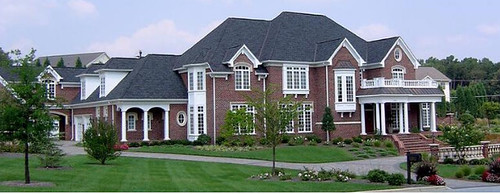
The landscape of the American Dream, once characterized by the sprawling suburban McMansion, is undergoing a profound and intriguing transformation. For generations, the large single-family home with its expansive yard and numerous rooms stood as the quintessential symbol of success and stability. Yet, a striking trend has developed among Millennials, a demographic now firmly at the forefront of shaping contemporary society: many are actively choosing tiny homes over these traditional, often opulent, dwellings. This shift is not merely a passing architectural fad; it represents a significant re-evaluation of fundamental priorities, driven by a complex interplay of economic realities, evolving values, and a conscious desire for a more intentional existence.
This redefinition of ‘home’ is a powerful indicator of broader societal shifts, challenging long-held assumptions about wealth, consumption, and personal fulfillment. What was once seen as an aspirational benchmark – a house so grand it might ‘rival hotels or B&Bs, and had four- and five-car garages, several separate wings, closets the size of large room, and other rooms that the homeowners themselves weren’t quite sure how to use’ – is now increasingly viewed with skepticism. As a report by Opendoor reveals, ‘consumers are moving away from such opulent homes in favor of something more streamlined,’ with ‘60% of respondents’ having changed their definition of a dream home.
Indeed, the concept of ‘simple-sizing’ – a less-is-more approach to where and how Americans live – has taken root, signaling a profound cultural recalibration. This movement toward compact, functional living spaces, typically ranging from 100 to 400 square feet, is a nuanced response to the multifaceted pressures of modern life. It reflects a generation’s pursuit of solutions to skyrocketing housing costs, environmental concerns, and a yearning for genuine community, rather than isolated grandeur. To truly understand this seismic shift, we must delve into the core motivations that are drawing an increasing number of young adults to embrace the tiny home movement, examining the underlying reasons that make these diminutive dwellings so compelling.

1. **Financial Freedom & Affordability**: The pursuit of financial freedom stands as a paramount driver for millennials gravitating towards tiny homes. The traditional path to homeownership, once a definitive marker of adult achievement, has become increasingly arduous for this generation. Burdened by an average student debt of ‘$30,000 per borrower,’ coupled with ‘stagnant wages, and rising living expenses,’ many young adults find the prospect of purchasing a large, conventional home to be an insurmountable hurdle, trapping them in cycles of renting or prolonged financial insecurity. The prohibitive cost differential between a McMansion and a tiny home presents an undeniable and compelling economic argument.
Tiny homes offer a stark and compelling financial alternative that fundamentally redefines accessibility to property ownership. With an ‘average cost of a tiny home around $60,000,’ it stands in dramatic contrast to the ‘$300,000 average price of a traditional home in the U.S.’ This disparity is further underscored by the fact that the ‘median listing price for homes in the US is $285,000,’ while the ‘median cost of buying a tiny house is $59,884.’ For those with a DIY spirit, the cost can be even lower, often ranging from ‘$10,000 to $30,000’ for self-built units, making homeownership a tangible reality rather than a distant dream for many.
The most transformative aspect of this affordability is the radical reduction, and often complete elimination, of a mortgage. The data reveals a striking reality: ’68 percent of tiny homeowners don’t even have a mortgage,’ a testament to the liberating financial implications of this housing choice. This contrasts sharply with the broader market where ‘only 13% of millennial renters across the US will be able to afford a traditional 20% down payment within the next five years.’ By sidestepping this significant barrier, tiny homes democratize property ownership for a generation facing unprecedented economic headwinds, allowing for a quicker path to financial independence.
The implications of this newfound affordability extend far beyond the initial purchase. The significant reduction in housing expenses allows millennials to strategically reallocate their financial resources towards other crucial life aspirations. The text highlights that ‘choosing a smaller home allows Millennials to allocate funds toward other dreams like traveling, furthering their education, or boosting their savings.’ This strategic financial planning ‘ultimately helps to alleviate financial stress, giving Millennials greater freedom and flexibility.’ Furthermore, ongoing living costs are substantially diminished, with ‘lower utility costs, often under $50 per month for energy-efficient models,’ and the promise of a ‘roughly 70%’ energy cost reduction with solar power, creating a sustainable economic model for long-term well-being.
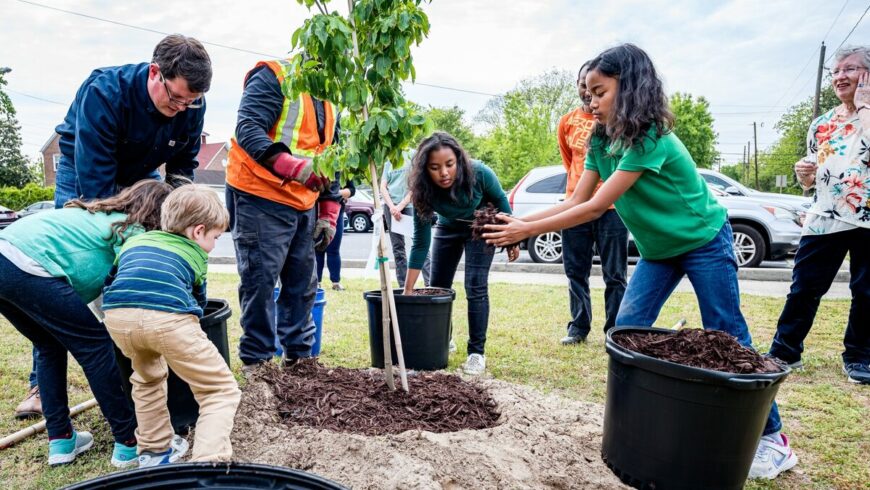
2. **Eco-Conscious Living & Sustainability**: A significant and increasingly influential factor driving the millennial embrace of tiny homes is a profound and growing focus on sustainability. This generation, often described as more environmentally aware than its predecessors, possesses a keen understanding of the ecological footprint associated with housing choices. The realization that their homes have a tangible impact on the planet has prompted a fundamental shift in priorities, moving away from the resource-intensive models of the past towards more conscientious alternatives. This isn’t merely a preference; it’s an alignment with deeply held values regarding environmental stewardship.
Tiny homes, by their very design and philosophy, offer a compelling solution to these environmental concerns. They inherently ‘require fewer resources to build and maintain,’ a direct consequence of their compact footprint. This translates into substantially ‘lower energy consumption’ and, crucially, a ‘smaller ecological footprint’ throughout their lifecycle. The efficiency embedded in tiny living is not theoretical; research firmly supports these claims, indicating that ‘tiny homes can use approximately 45% less energy than a conventional house.’ This statistic alone underscores the tangible difference these dwellings can make in reducing an individual’s environmental impact.
Beyond operational efficiency, the construction and material choices within the tiny home movement often reflect a commitment to ecological principles. Many tiny homes integrate ‘renewable energy systems like solar panels and rainwater collection,’ actively striving for self-sufficiency and a reduced reliance on external grids. Furthermore, the emphasis on ‘using reclaimed wood, recycled materials, and energy-efficient appliances’ demonstrates a holistic approach to sustainability, minimizing waste and promoting conscious resource utilization from the ground up. This thoughtful consideration empowers homeowners to truly live in harmony with their environmental values.
For many millennials, ‘downsizing provides an opportunity to align with their values and live more sustainably,’ making a tangible positive impact on the environment. This eco-conscious mindset is far from a fleeting trend; it represents ‘a core shift in priorities toward making a positive impact on the environment,’ signaling a long-term commitment to a more responsible way of living. The inherent simplicity of a smaller dwelling naturally fosters a lifestyle of reduced consumption and thoughtful resource management, embodying a practical response to the urgent calls for climate action and a greener future.

3. **Minimalism & Lifestyle Design**: The profound influence of minimalism has become a defining characteristic of the millennial generation, deeply shaping their preferences for living spaces and inspiring the widespread adoption of tiny homes. As remote work and digital nomadism have become increasingly prevalent lifestyle choices, many millennials are critically reassessing their material possessions and, by extension, the very nature of their living environments. This cultural current advocates for a deliberate reduction of clutter and an intentional focus on what truly serves a purpose, fostering a sense of clarity and freedom.
Tiny homes naturally emerge as a perfect embodiment of this minimalist philosophy. Their limited square footage, typically ranging from 200 to 400 square feet, inherently necessitates a highly curated selection of belongings, where ‘each item serves a clear purpose.’ This approach directly challenges the consumerist ethos of accumulating material goods, aligning instead with the powerful belief that ‘joy comes from experiences rather than accumulating material goods.’ The physical constraint of a tiny home becomes a catalyst for a lifestyle focused on quality over quantity, encouraging mindfulness in every purchase and possession.
Moreover, the design ingenuity employed within tiny homes plays a crucial role in making minimalist living not only feasible but also highly appealing. These dwellings are masterpieces of spatial efficiency, featuring ‘smart designs that maximize space efficiently.’ Practical innovations such as ‘lofted beds and convertible furniture allow for functionality in limited areas,’ transforming seemingly small spaces into remarkably versatile environments. This clever integration of style and practicality appeals directly to millennials who seek aesthetically pleasing living solutions without sacrificing the functional utility essential for their dynamic lifestyles.
The psychological benefits of a minimalist environment are also a significant draw. A ‘clutter-free environment leads to reduced stress,’ fostering a sense of mental clarity and helping young adults feel ‘more in control of their lives.’ The sheer reduction in physical possessions translates directly into less to manage, less to clean, and less to worry about. This liberation from the constant demands of material upkeep allows for more time and energy to be directed towards personal growth, experiences, and a deeper engagement with the world around them, truly embodying a deliberate approach to lifestyle design.

4. **Community & Connection**: Beyond the individualistic pursuits of financial freedom and personal lifestyle, a powerful collective yearning for community and connection is steering millennials towards tiny home living. This marks a notable divergence from the isolated existence often characteristic of large suburban homes, where expansive properties can inadvertently create physical and social barriers between neighbors. The modern quest for belonging and shared experience finds a compelling answer in the intentional arrangements fostered by tiny home communities, which are rapidly emerging across various landscapes.
Tiny houses, by design, often form part of ‘intentional communities or small developments’ that actively cultivate social interaction and camaraderie. These unique arrangements are built on a foundation of shared values, such as sustainability, simplicity, and mutual support, which resonate deeply with the millennial generation. Living in such proximity, and with a shared ethos, naturally ‘promotes social connections and camaraderie among residents,’ creating a vibrant social fabric that stands in stark contrast to the anonymity often experienced in more conventional residential settings.
For millennials who place a high value on social interaction, ‘living in a community enhances their everyday experiences.’ These communities are not merely collections of small dwellings; they are ecosystems designed for shared resources and communal activities. The text describes how ‘many tiny home communities offer shared gardens, event spaces, and other communal amenities,’ which naturally encourage residents to engage, collaborate, and build meaningful relationships. From ‘swapping skills, from building tips to sustainable living practices’ to organizing ‘potlucks and group projects,’ these interactions enrich daily life and foster a genuine sense of belonging.
This emphasis on collective living addresses a fundamental human need for connection, offering a powerful antidote to the potential isolation of modern life. It encourages a lifestyle that is ‘more about shared experiences and connections,’ moving beyond the confines of individual property to embrace a broader communal identity. The desire to live among like-minded individuals, united by common principles and a mutual desire for a supportive environment, positions community as a central and indispensable allure of the tiny home movement for this generation.

5. **Flexibility & Mobility (Nomadic Lifestyle, Remote Work)**: The contemporary millennial workforce and their evolving aspirations for life experiences have converged with the inherent characteristics of tiny homes, particularly those built on wheels, to create an unprecedented demand for flexibility and mobility. This generation, more than any before it, prioritizes experiences over the accumulation of material possessions, and a static, geographically bound existence often runs counter to this core value. The ability to embrace a nomadic lifestyle, supported by technological advancements, has made tiny homes an ideal solution for those seeking freedom to move.
Tiny homes on wheels, specifically, introduce an extraordinary level of mobility that is profoundly appealing. They offer the unique proposition of a ‘home on the road,’ allowing individuals to ‘travel without sacrificing the comforts of home.’ For young adults who have embraced the burgeoning opportunities of remote work, or those who simply possess a keen sense of adventure, this mobility is a game-changer. It signifies a ‘minimal attachment to place,’ empowering individuals to ‘explore different places and communities’ as life, work, or personal desires dictate, rather than being anchored to a single location.
The rise of remote work has been a profound catalyst for this desire for remote living, fundamentally altering the calculus of where one must reside. With the technological infrastructure now enabling work to be ‘done from anywhere,’ the traditional imperative to live within urban centers or commuting distances has diminished significantly. As the context notes, ‘43% of Americans worked from home at least once in 2016,’ a figure that has only continued to grow, giving rise to the critical question: ‘If you can live anywhere, where do you want to live?’ This newfound professional freedom pairs perfectly with the inherent mobility of a tiny home.
The practical examples of individuals leveraging tiny living for a nomadic and flexible existence are compelling. Ryan Mitchell of The Tiny Life, for instance, has ‘saved more than $100,000 since going tiny,’ using these savings to launch a new business, acquire land, and embark on extensive travel, sometimes ‘spending up to a few months in a country at a time.’ Similarly, Jenna Spesard of Tiny House Giant Journey found that tiny living ‘enabled [her] to become an entrepreneur and take on a nomadic lifestyle,’ allowing her to ‘travel all over the world a few times a year while working on [her] own business.’ This powerful synergy between tiny homes and a flexible, experience-driven life is a defining attraction for millennials.

6. **Simplified Maintenance & Upkeep**: The burdensome realities of property maintenance, both in terms of time and financial outlay, represent another significant factor in the millennial pivot away from McMansions and towards tiny homes. The sheer scale of traditional, larger homes often translates into a never-ending cycle of chores, repairs, and landscaping demands that can consume precious leisure time and strain household budgets. For a generation that often values experiences and personal growth over material possessions, the concept of a ‘manageable lifestyle with fewer maintenance demands’ holds immense appeal.
McMansions, with their ‘large yard that they need to take care of’ and numerous expansive rooms, inherently demand considerable upkeep. The cost and effort involved in maintaining such properties can be ‘drastic,’ as noted by real estate professionals, especially given that ‘maintenance costs have hit a record high.’ This perpetual cycle of cleaning, repairing, and landscaping detracts from other pursuits, leading many millennials to seek housing solutions that liberate them from this constant engagement with property management. They desire a home that serves as a sanctuary, not a demanding second job.
Tiny homes, in contrast, offer a profound simplification of maintenance and upkeep. Their ‘smaller footprint’ and ‘simplified layout’ mean there is significantly ‘less space to heat, cool, repair, and furnish.’ This translates directly into ‘lower maintenance costs’ and a dramatically reduced time commitment for cleaning and general upkeep. The practicalities are undeniable: fewer appliances to service, smaller areas to clean, and less extensive exterior grounds to manage. This efficiency allows owners to reclaim valuable time, directing it towards more fulfilling endeavors.
The economic and temporal savings derived from simplified maintenance are significant for millennials. By freeing themselves from the incessant demands of a larger property, young adults gain ‘more time to focus on career growth, travel, or hobbies.’ Some even opt for ‘community with an HOA fee that’ll cover many of the upkeep items so they do not need to worry about hiring their own people for the job,’ further streamlining their living experience. This intentional choice reflects a desire for a lifestyle where the home supports, rather than dictates, their passions and priorities, enabling a greater focus on what truly matters to them.
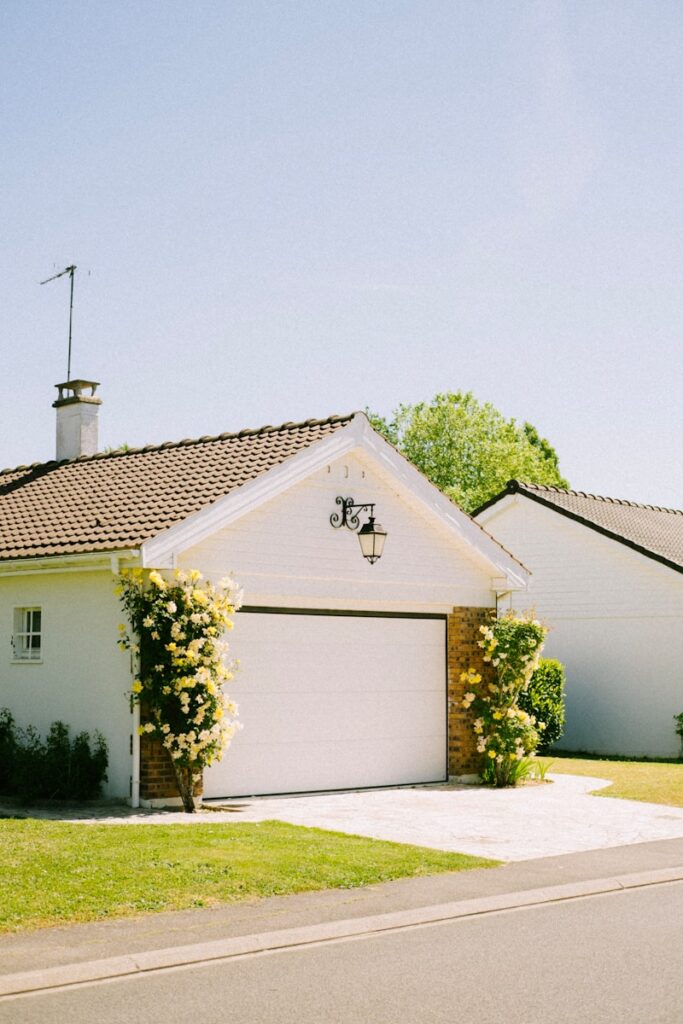
7. **Reshaping the American Dream: A New Definition of Home**: The profound philosophical shift among millennials extends far beyond mere housing preference; it represents a fundamental re-evaluation of what constitutes the ‘American Dream.’ For generations, the sprawling single-family home symbolized success, stability, and aspiration. Yet, as an Opendoor report compellingly reveals, a significant 60% of respondents have explicitly changed their definition of a dream home, signaling a decisive move away from the opulent and often unnecessary grandeur of McMansions toward a more streamlined existence.
This evolving perspective is encapsulated by the term ‘simple-sizing’, which describes a less-is-more approach to where and how Americans choose to live. The survey data powerfully underscores this cultural recalibration, indicating that an overwhelming 87% of respondents consider simple living important, with 66% having taken intentional steps in the past year to embrace such a lifestyle. Furthermore, the commitment to this new paradigm is evident in the fact that 75% expressed willingness to downsize, and 79% actively planned to do so within the subsequent 12 months, showcasing a widespread, actionable desire for change.
This redefinition challenges long-held assumptions about wealth and consumption, moving beyond the accumulation of material possessions to prioritize experiences, personal fulfillment, and values-aligned living. The inherent simplicity of a smaller dwelling naturally fosters a lifestyle of reduced consumption and thoughtful resource management, embodying a practical response to the urgent calls for climate action and a greener future. It’s a testament to a generation seeking genuine meaning and quality in life, rather than being beholden to the demands of an oversized property.
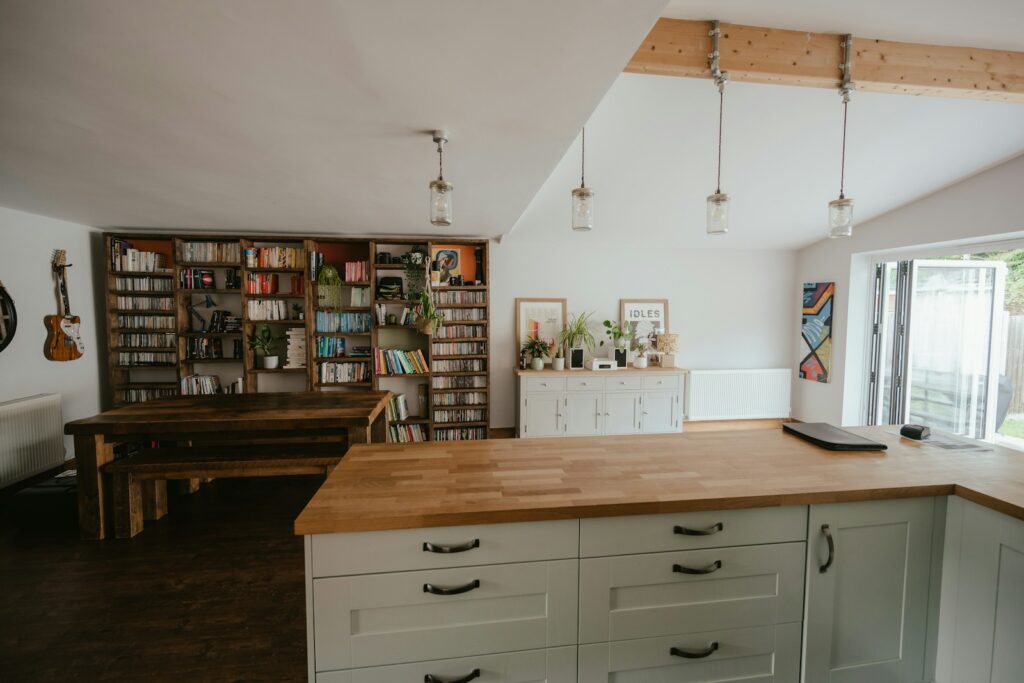
8. **The Allure of Simpler Styles and Intentional Design**: Beyond the sheer reduction in size, the architectural and interior design preferences of millennials are also undergoing a significant transformation. The era of ornate, often impractical grandeur is giving way to a desire for simpler styles and highly intentional design. The Opendoor survey highlights this trend, noting that a substantial 81% of respondents now favor a simpler style and design in their homes, reflecting a collective move towards aesthetics that prioritize functionality and understated elegance.
This shift manifests in design choices that maximize utility and adaptability within limited footprints. The focus has decisively moved towards creating spaces with multiple uses, thereby enhancing functionality while eliminating less-used areas that contribute to waste. Open floor plans, for instance, have become highly desirable, as they “encourage togetherness” and create an easy flow for both everyday living and entertaining, allowing families to remain connected even when engaged in different activities within the home. This ingenuity ensures that every square foot serves a purpose, preventing the proliferation of unused rooms that characterize larger, conventional homes.
The challenges of recent years, particularly the prolonged periods of time spent at home, have undeniably contributed to this critical reassessment of living spaces. As one expert observed, “Our homes became our everything: our gyms, our offices, our restaurants, our movie theaters,” prompting a clearer understanding of what is truly necessary versus what is superfluous. This intensive self-reflection has led to a greater appreciation for homes that support “healthy habits in the near-term” and prioritize comfort and convenience, rather than merely impressive dimensions.
Indeed, the emerging philosophy suggests that “simple is the new luxury.” This concept implies that true luxury is no longer defined by ostentatious displays of wealth or excessive square footage. Instead, it is found in quality craftsmanship, thoughtful functionality, and the ability of a space to foster personal well-being and meaning. Simple designs, by their very nature, prioritize these elements, allowing homeowners to curate environments that are both aesthetically pleasing and profoundly personal, making the most of every carefully considered detail.
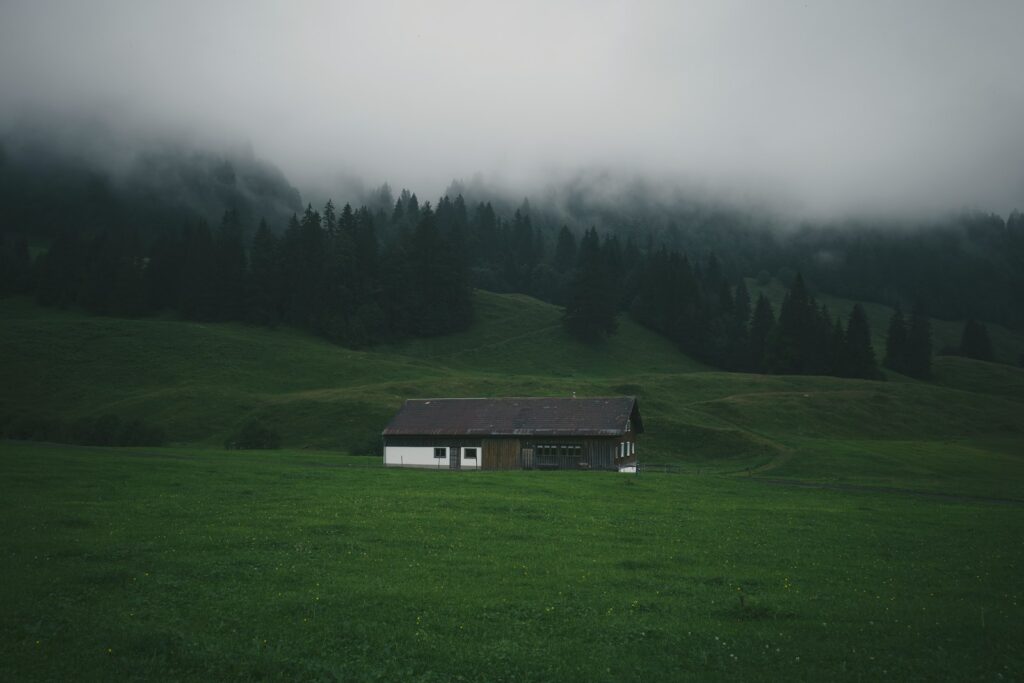
9. **Embracing Quiet, Remote Locales and Decentralized Living**: Complementing the shift towards smaller, simpler homes is a strong inclination among millennials to seek out quiet, remote, and secluded locations. The Opendoor survey reveals that 57% consider a quiet and secluded location as their top priority, and 67% would willingly move to such a place. This significant preference is largely catalyzed by the profound changes in the professional landscape, particularly the rise of remote work, which has fundamentally untethered individuals from the traditional confines of urban centers or long commutes.
With work increasingly possible “from anywhere,” the critical question for many becomes, “If you can live anywhere, where do you want to live?” For a generation that often experienced the intense pressures of cramped city living, the desire for privacy and solitude has grown especially potent. A home is no longer just a place to reside; it is envisioned as a “retreat from the world,” offering respite from the constant stimulation and demands of modern life. This pursuit leads many to locales promising “less traffic and congestion,” resulting in a quieter, more peaceful environment that stands as the very antithesis of urban bustle.
This preference for remote living also aligns with a broader set of lifestyle values that resonate deeply with millennials. The Opendoor survey indicates that nearly half of respondents, 49%, aspire to be more environmentally conscious, while 41% want to drive less, and 23% are keen to grow their own food. Living in more remote areas naturally provides greater opportunities to fulfill these aspirations, enabling a more sustainable and self-sufficient lifestyle. Furthermore, the context mentions a rise in homeschooling as another possible factor, as less noise and more space can offer a conducive environment for learning.
This movement towards decentralized living reflects a yearning for solace in simplicity. As one expert notes, “embracing a quieter, more remote life can have long lasting benefits.” It underscores a desire to intentionally craft a life that prioritizes well-being, environmental responsibility, and genuine connection with one’s surroundings, rather than succumbing to the pressures of conventional urban existence. It’s a conscious choice to slow down and savor the tranquility that a remote setting can offer.
Tiny homes represent more than just a passing trend; they are a sustainable, innovative solution to the evolving demands and significant challenges of modern living. As the conversation around housing continues to develop, embracing the values championed by the tiny home movement—affordability, sustainability, community, and thoughtful design—becomes crucial. These compact dwellings offer endless possibilities, ensuring that a meaningful space to call home remains within reach for individuals navigating the complexities of the 21st century, profoundly redefining the very essence of the American Dream.



